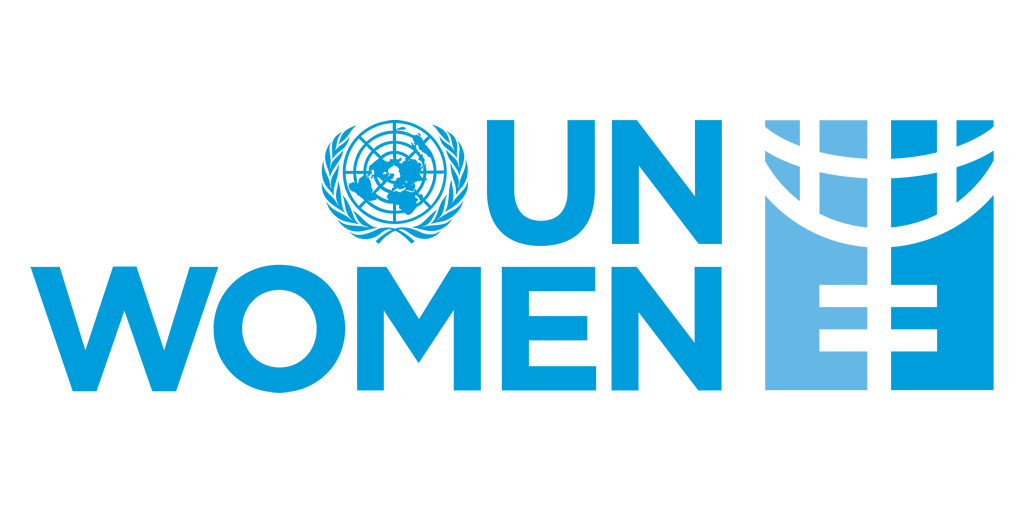Speech: Technology and innovation to accelerate gender equality and the rights of all women and girls
This International Women’s Day falls during the Commission on the Status of Women, highlighting the power and potential of technology and innovation for accelerating gender equality and the rights of all women and girls—and I repeat—all women and girls.
Today we hold the vision of an equal world close. We draw on it and we push forward. We do so in the face of growing misogyny and regression on women’s rights. The courage of women and girls across the world demands this of all of us.
Women activists everywhere are standing up and calling for an end to harassment, to violence, to discrimination in education, in the workplace, in legislation, in all aspects of their lives. Today, on International Women’s Day, let us affirm our resolve by honouring the brave and tireless work of all these women.
Sustainable Development Goal 5 is at the heart of the 2030 Agenda. It is the great multiplier, the smart investment, the foundation, and the prerequisite. It is no coincidence that as SDG 5 is off-track so are the SDGs as a whole.
We live in a world of interconnected crises. At the heart of every crisis, we see inequalities multiply. We now have a new form of poverty confronting the world. Digital poverty is growing and intensely gendered.
Technology and innovation are game changers. They offer huge potential benefits. If used wisely they can bring us back on track for the SDGs and a more peaceful world. If misused, they can derail our efforts. This is the choice. Technology and innovation are enablers. What they enable is up to us.
We already see the benefits.
Social media, blockchain and open-source technology have aided relief efforts following the earthquakes in Türkiye and Syria. Women farmers across Africa and Latin America are seeing their livelihoods transformed with digital tools.
Across the world, mobile banking has connected women to their own bank accounts, unlocking both financial inclusion and economic opportunity.
And yet, the gender digital divide has become the new face of gender inequality. It compounds existing inequalities, disproportionately excluding women and girls in low-income settings, women migrants, older women, women living in rural areas and those with disabilities.
This is not only a story of missed opportunities. Online space can be toxic, breeding new forms of exploitation and violence. Misinformation has spread unchecked. Misogyny, xenophobia, racism, and social instability have been propagated and monetized.
Grasping opportunities and avoiding their potential harms is a whole-of-society challenge. It demands the collective efforts of government, civil society, the private sector and young people, to advance and use technology in ways that harness the power of equality rather than impede it.
Generation Equality and the Action Coalition on Technology and Innovation form a powerful, multi-stakeholder platform which seeks to do just that—by accelerating progressive change and concrete impact.
Let us be inspired and energize each other. Let us assert that digital rights are women’s rights. We must and we can reassert human agency over technology; demand the centrality of the feminist principles of inclusion, intersectionality, and systemic change; and ensure accountability so that technology-facilitated gender-based violence in all its forms ends once and for all.
We need to fix the institutions and the harmful gender stereotyping surrounding technology, innovation and education that fail women and girls—and continue to do so.
The vision of International Women’s Day is enduring and powerful. We are as committed to it as we have ever been.
Power, strength, and courage to you all on our day.
I thank you.
